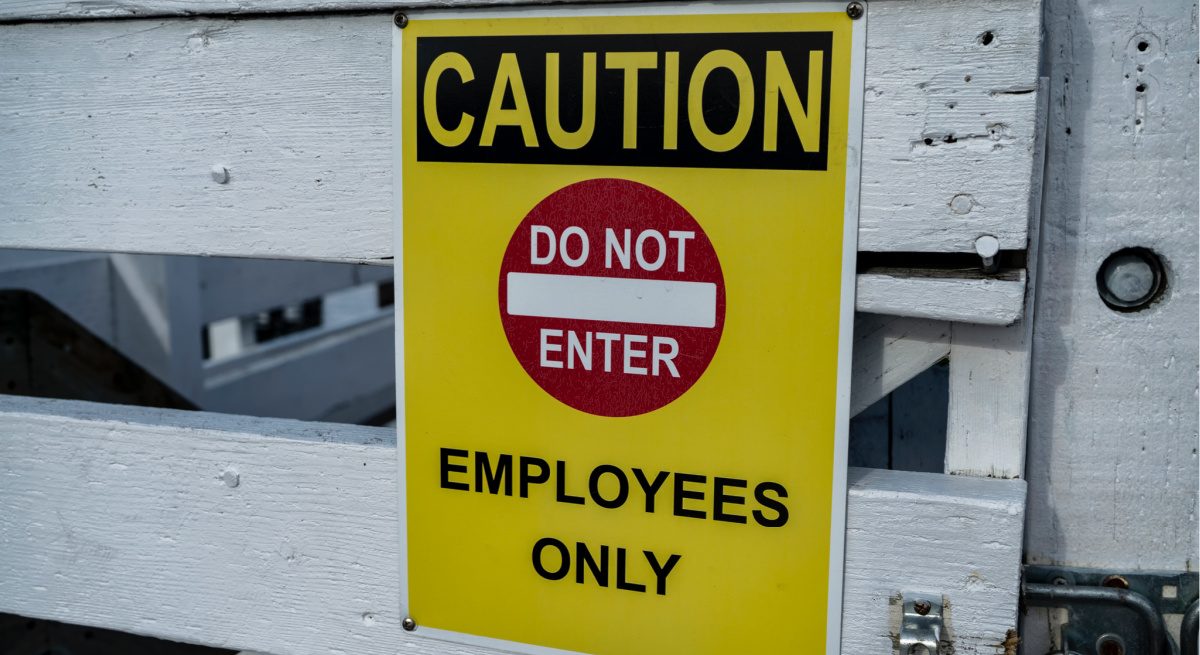Risks Lurk Behind the Door Marked ‘Employees Only’
4 Min Read By Chad Halvorson
From digital menus to contactless payment options, restaurants today are flocking to front-of-house touchless technologies to keep customers safe and coming back. But, behind the door marked “Employees Only,” there are several common coronavirus risk factors that many restaurants aren’t yet addressing. Fortunately, resolving these risks is easy and won’t require significant budget to implement. Better yet, by addressing some of these issues you’ll be able to save money and increase productivity.
Going DigitalEveryone these days has a computer in their pocket. And while BYOD (bring your own device) isn’t a new term, leveraging each employee’s mobile device is the fastest growing solution to touchless tech operations. Consider:
Are your workers still delivering paper copies of their timesheets to a physical location at your restaurant? Employing digital timesheets enables them to use their phone or computer to submit their hours worked, thereby eliminating the need to…
Sorry, You've Reached Your Article Limit.
Register for free with our site to get unlimited articles.
Already registered? Sign in!


